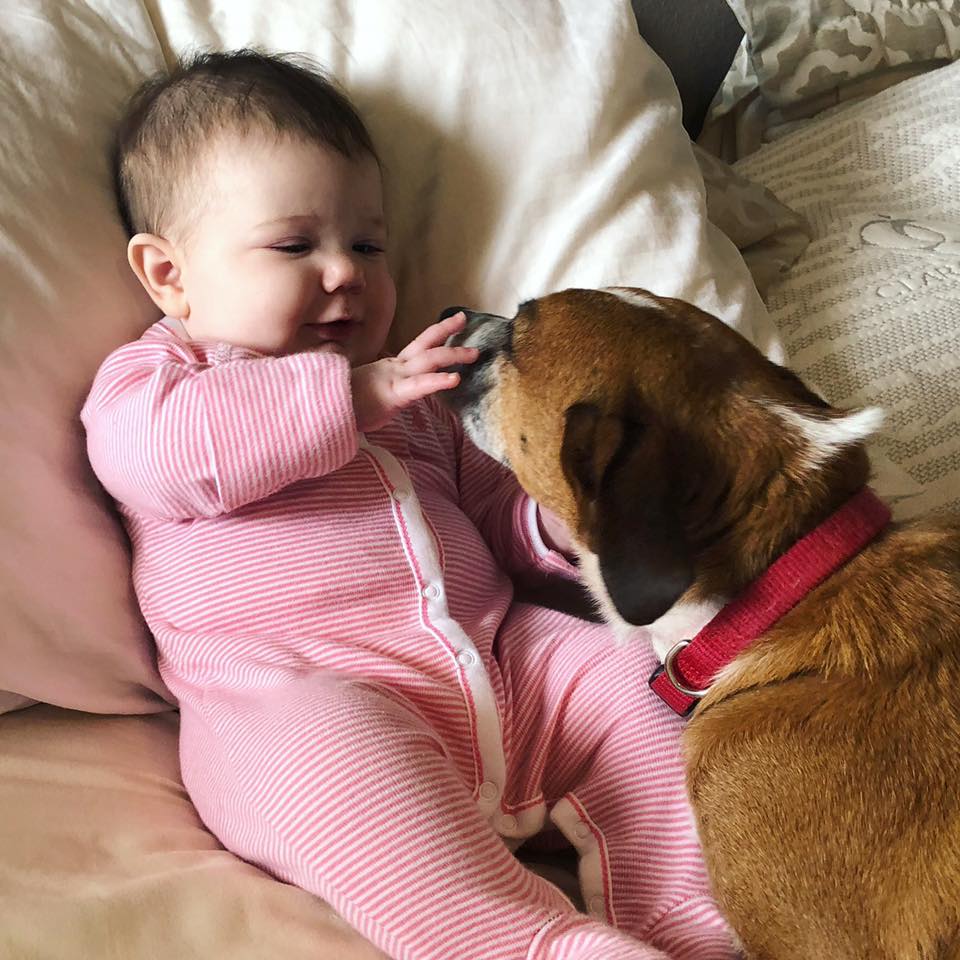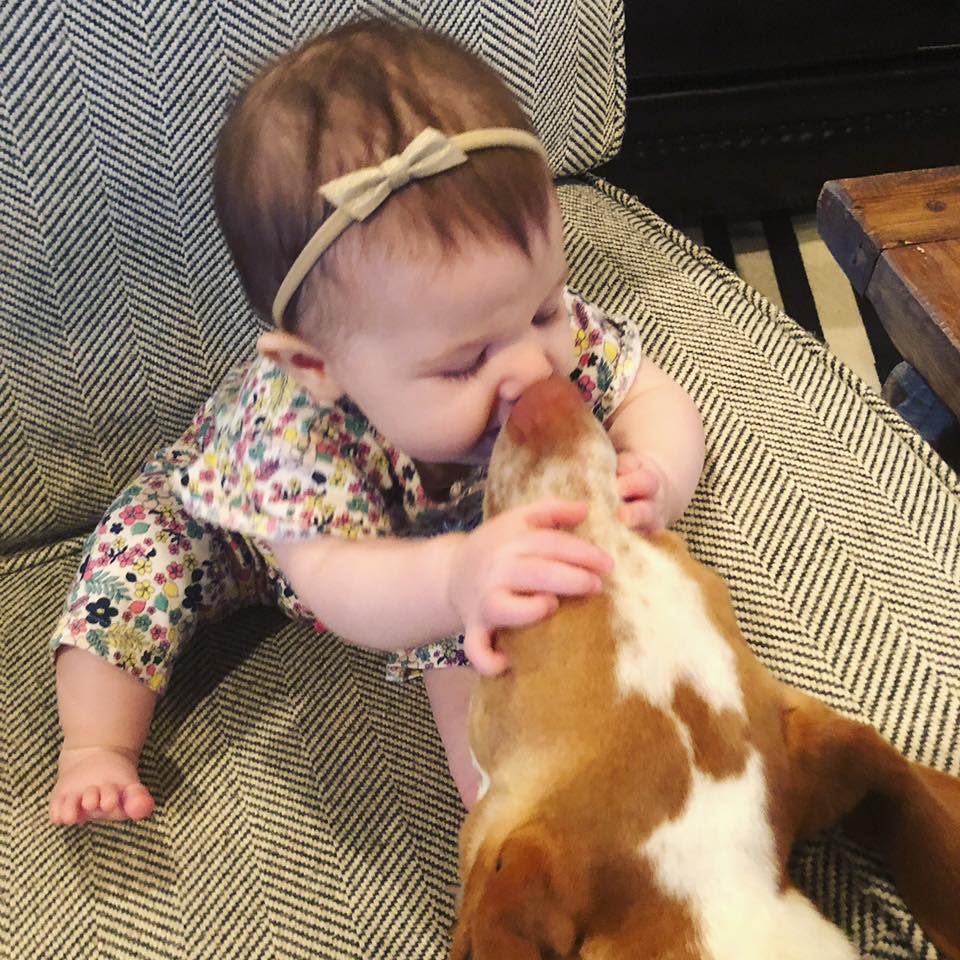
This is a topic that is near and dear to me, for several reasons. As a dog rescuer, nothing breaks the heart more than getting a phone call from new parents who want to rehome their first baby, the dog, because he and the baby just aren’t getting along. I’ve gotten so many of those calls that when I found out Chad and I were going to have a human baby I was honestly really terrified of what lie in store for us. After all, if so many people wanted rid of the dog after baby, there had to be a good (common) reason, right? As excited as I was about the baby, I remember feeling a lot of dread at the idea of having her and the dogs all together. The foursome are really good dogs but again, after seeing so many people ditch the doggie I really thought something terrible was on the horizon. Thankfully, it’s been beyond amazing having them together! I’ll admit that there were a few times (at the peak of sleep deprivation and after picking up the 20th diaper they’d chewed up) that I thought, “okay, maybe 4 dogs was a little much,” but those days faded as fast as they came and I could not be more thrilled that Scarlet gets to grow up with clothes like mine that are covered in dog hair.
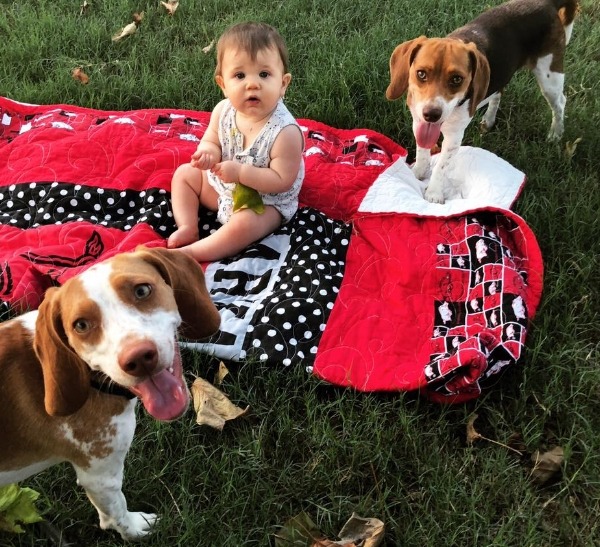 Backyard shenanigans with her SisterBeagles!
Backyard shenanigans with her SisterBeagles!
If you’re assuming that my house is harmonious because I have Jedi mind control over my dogs, you’re super wrong. My dogs own me. They LIVE for shenanigans. They are not obedient. They bay at each other from across the room just for fun. It’s their world, I just live in it. So I promise you, if I can raise a kid with these furry-monsters in tow, so can you! We followed just a few basic rules and ideas to (mostly) keep the peace. Here are my tips for Hound and Human Harmony!
Buy this playpen thing (or register for it!). (click here to see it on Amazon) Seriously, this is the best thing we did. We knew pretty quickly that our dogs were going to always want to lick the baby in the face, steal her toys, or smack her with their tails, and the baby doesn’t need freedom of the house anyway, so everybody wins when Scarlet plays in a safe space. There’s plenty of room for a baby seat or a rock n play, and once she got a little bigger and mobile, we removed the seat and now she plays with her toys in it. It is important to know that with this product, no one is set up to fail. Scarlet can’t bump into the coffee table and hurt her head, and the dogs don’t get in trouble for knocking her over. They can still see each other and talk to each other (which they do often) without overtaking each other’s space.
Prepare for baby’s arrival ahead of time. Start using baby gates to section off areas the dogs might not be allowed. Find a friend with a dog-friendly baby or toddler that would be comfortable introducing your dog to their child. Socialize your dog! Go to parks, dog-friendly events, dog daycare, anywhere that your dog can be around a lot of activity. This will help desensitize him to the noise and disruption of routine that comes with a new baby. Do not wait until baby arrives to do these things! You do not want your dog to associate these massive changes with the baby himself. By keeping the changes disconnected, it won’t occur to your dog to blame baby for his world being turned upside down.
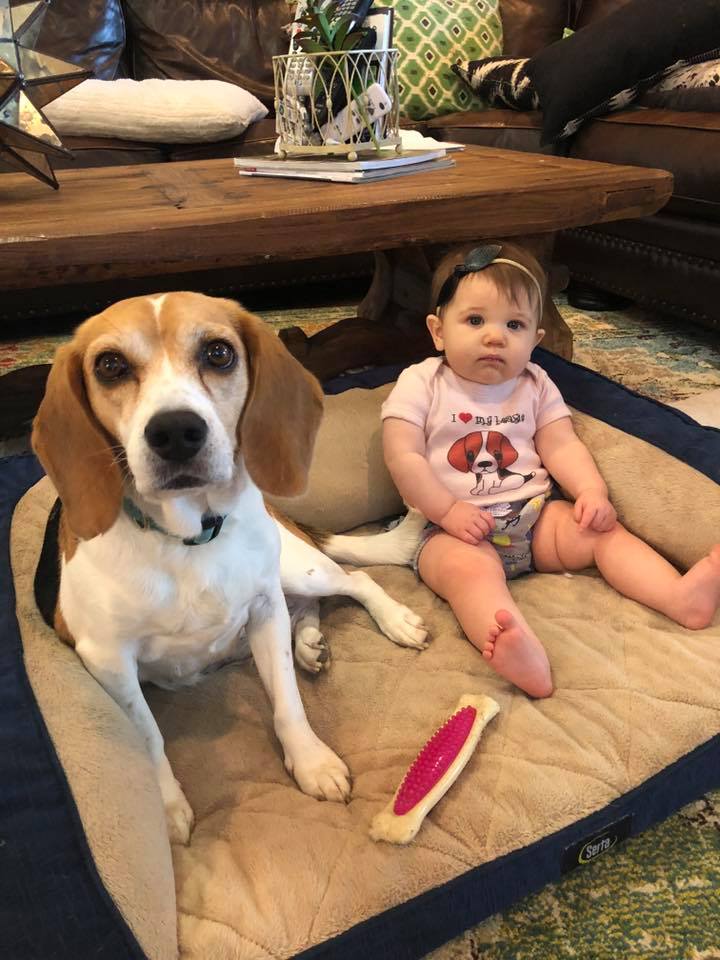
Give your dog an escape. Plan ahead to give your dog a retreat space – it is very important that he has a place to escape all this change when he feels overwhelmed (and he will). For dogs who are already crate-trained, it is likely that their crate will become their safe place, and the dog should be allowed to retreat there anytime he feels overwhelmed by his surroundings. On that note, never let baby access the dog’s safe space. Babies can be taught boundaries very early on, and they shouldn’t be allowed to crowd the crate (which usually means they’re going to open and close the crate door 85 times) or crawl into it. If your dog is not one who uses a crate, make sure he has a bed or access to an area that is only HIS, and teach baby that it’s a no-fly zone. Give your dog this one tiny space all his own, and he will thank you for it!

Bringing home baby: before coming home from the hospital, see if a family member can take your dog on a long walk, or arrange for him to spend the day at daycare so that he isn’t full of energy when meeting baby for the first time. Bring BABY into the home while the dog is there – don’t have the dog come home to “his” house with the baby already there. The old advice about bringing home a blanket from the hospital for your dog to sniff is good advice! Just don’t force it – put it in your dog’s favorite place but don’t take over the space (example: instead of covering the dog bed with the blanket, roll it up and put it in the corner). By putting the baby’s scents in a place where your dog already feels safe and comfortable, you are teaching him to associate baby with those good feelings. Let your dog sniff baby’s feet and give him lots of “good boy!!” – your dog NEEDS your encouragement and affection during this critical meeting.

Give dog and baby attention TOGETHER. This has to be the most common mistake we make. We feel the need to give the dog our undivided attention, which, let’s face it, can only really be done during baby’s naps. Seems logical. However, what we’re doing when we separate our attention is telling the dog that the ONLY way he gets to have fun is if/when baby is out of the picture. By passing out attention to both baby AND doggie together, you’re changing his mind to learn that the fun only happens when baby IS around! Try taking baby on a stroller walk and letting the dog join in! Or strap baby into one of those front-backpack-kangaroo contraptions and play a round of fetch with your dog. Do this and in just a few short months, when baby becomes mobile, you’ll be thrilled at how excited both are to be around each other!

MOST IMPORTANTLY…learn about dog body language. Hit up the almighty YouTube and Google and search for information about the basics of dog body language. It is so important that we know when our dogs are feeling overwhelmed by the baby so that we can intervene and be their advocate, and just as important that we know when our dogs are happy and having a great time being around baby. This is THE key to a household of hound and human harmony!! Did you know that tail wags don’t always mean a dog is happy? Did you know that a yawn can sometimes be a sign of stress? That lip-licking is sometimes a warning sign that a bite is about to come? Check back for my next post about how to read your dog’s warning signals and help him understand that you’ve got his back!
I promise it can be done, and I promise it’s worth it! Even at just a year old, the first thing Scarlet does every morning is find a dog to kiss, and she most definitely learned to say “Jetta” (one of our beagles) before she even remotely thought about saying “mama.” All that said, if you’re struggling with or worried about dog and baby together, reach out! Our Pet Parent community is full of human puppy parents who are ready to share advice that worked for them, and I can always be reached at [email protected]!
xo-Lacey
